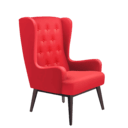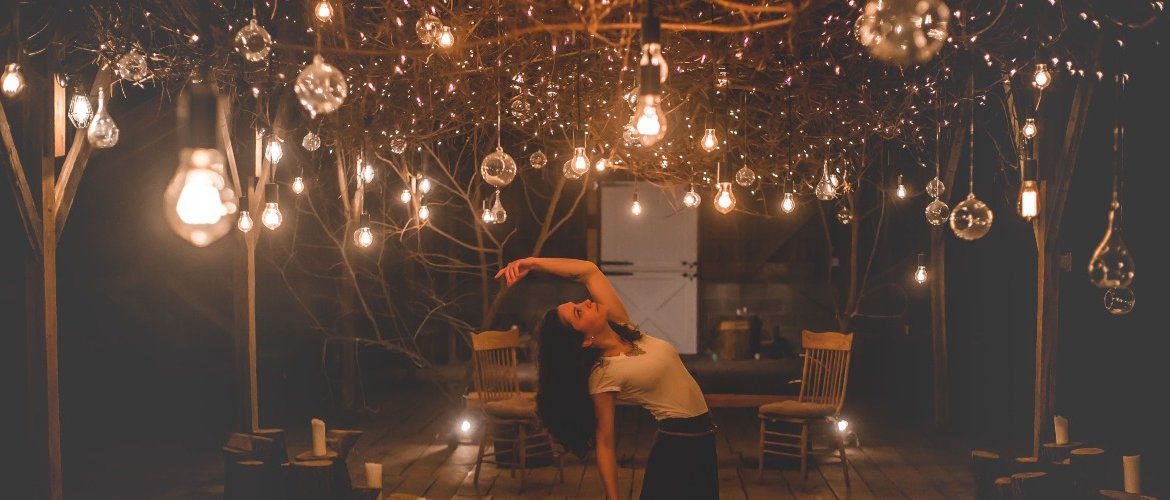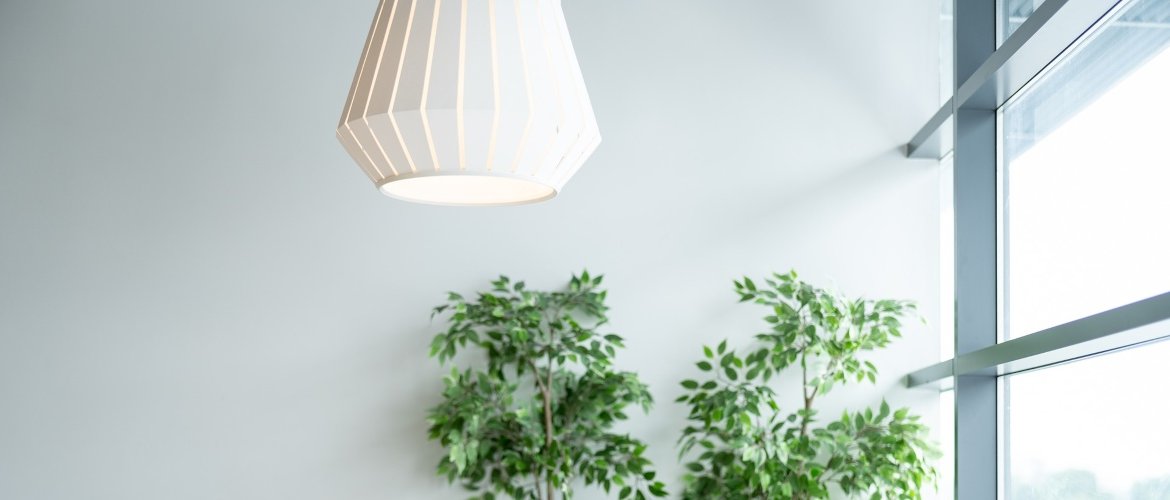LED lighting in interior design
In interior design, sometimes there are fashions and sometimes real revolutions, and the LED lighting system is one of them.
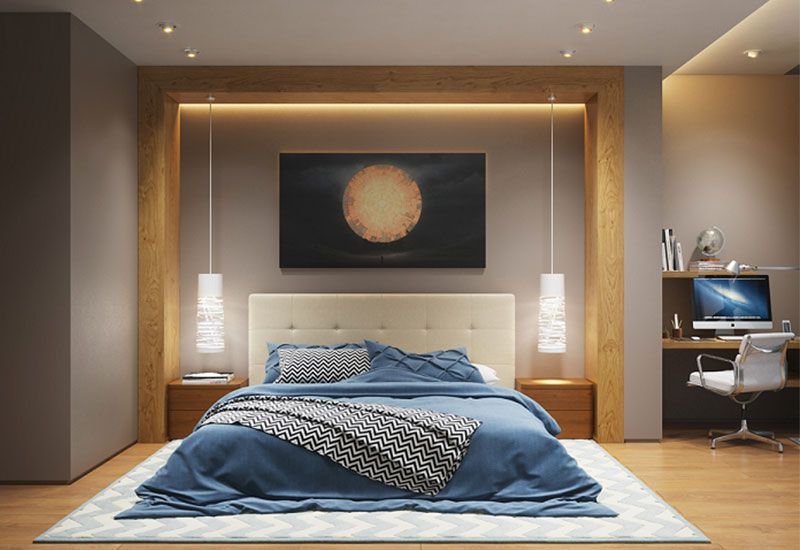
LED stands for Light Emitting Diode and many have been the fathers of this type of lighting until today.
Although Henry Joseph Round is considered the inventor of the LED (a British electronic engineer born in 1881 who laid its theoretical foundations), it was not until 1997 that it first came onto the market, in white.
As a lighting system it is therefore very young, and yet it has brought about a real revolution in the world of interior design, banishing the old incandescent bulbs and even the acclaimed halogens to oblivion.
The success of LED lighting is due to several peculiarities:
On the one hand, there are energy savings in using this type of luminaire, since it uses considerably less energy and emits more luminosity thanks to the fact that they work at very low voltage, in addition to having an instantaneous ignition without additional consumption.
On the other hand, the risk of electrocution and heat emission is much lower than other types of luminaires, including energy-saving ones, so there is less risk of getting burned.
And finally, although at the beginning they were born a little limited (the light was whiter, colder and "poorer" than that of a halogen), the truth is that over time they have evolved so much that today we can find a huge range of possibilities with which to create all kinds of environments, adding this luminaire in places where it was unthinkable before.
The most remarkable thing about LED is the warm and special atmosphere that this type of lighting creates in different parts of the home, where by projecting a design with exclusive lighting we can achieve true works of lighting art.
In this post you will discover the different types of LEDs available on the market for you to choose from: LED strips, table lamps, ceiling lamps, floor lamps...
Let's get started!
LED strips (fossilized and candlesticks)
LED strips fit in the most inconceivable corners, being able to highlight and illuminate previously unthinkable places.
In this sense, we can use them as direct light for areas where good lighting is necessary, such as the bathroom mirror or on the stairs, or we can also use them as indirect light, which is where these strips display all their beauty.
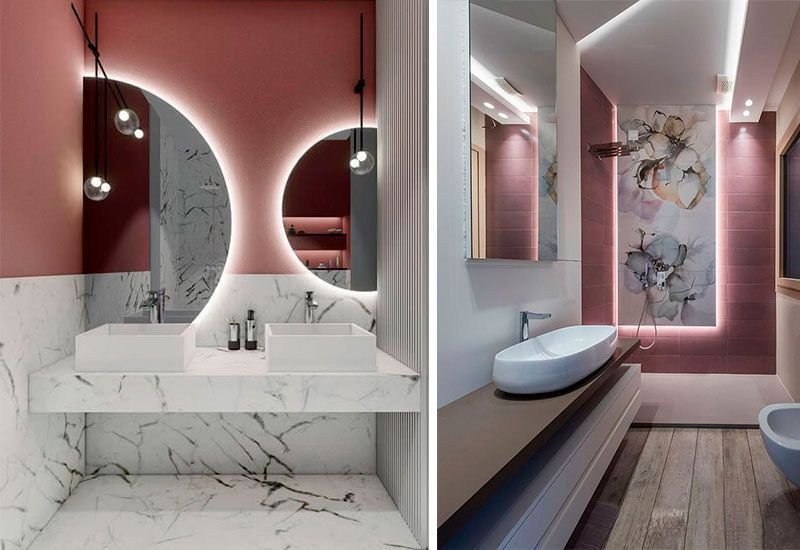
They are very typical for example in bedrooms, to illuminate the wall of the headboard either from the ceiling (with a fossa), on a headboard or even under the bed.
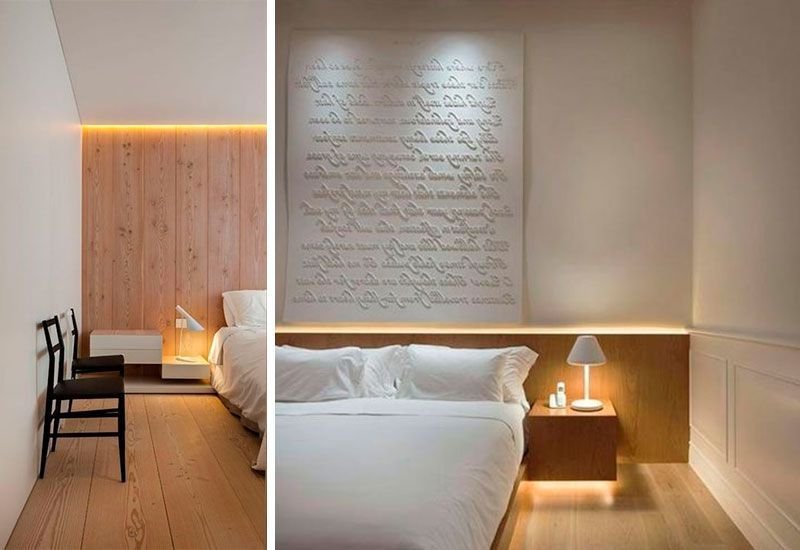
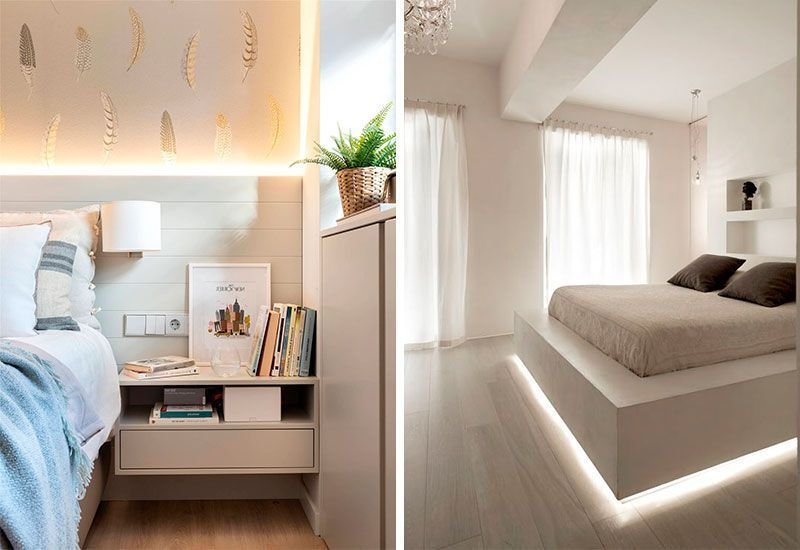
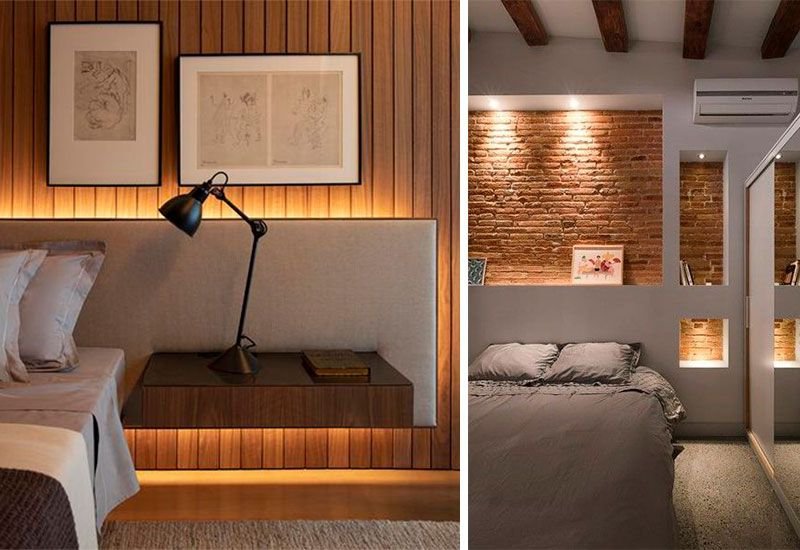
But fossilized tiles are also ideal for highlighting walls in other types of rooms, such as the TV wall in the living room, the lintel of a door, a room divider, or the perimeter of a mirror in the entrance.
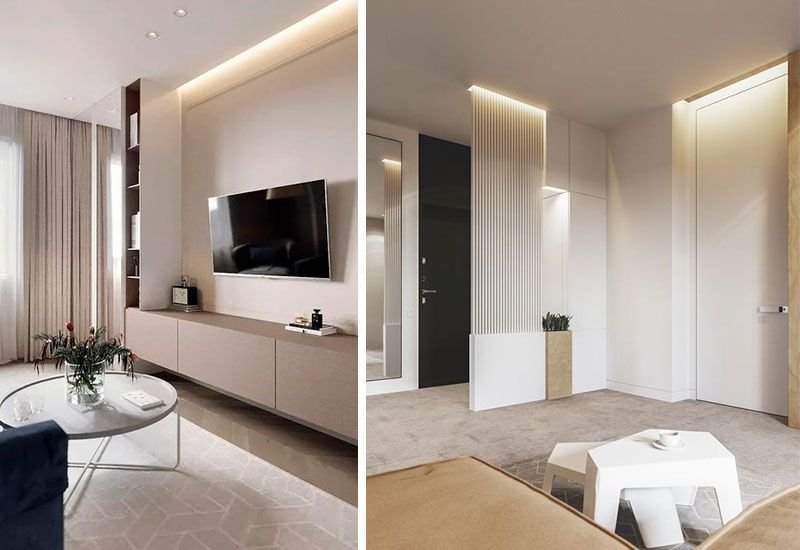
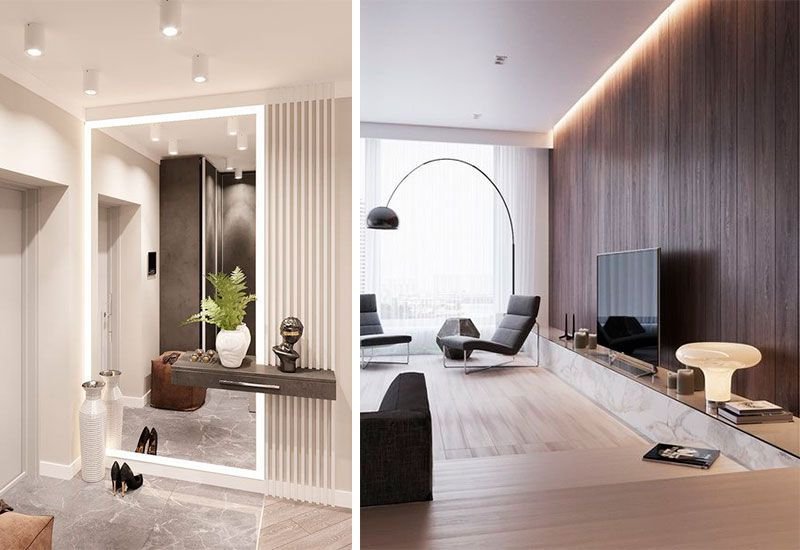
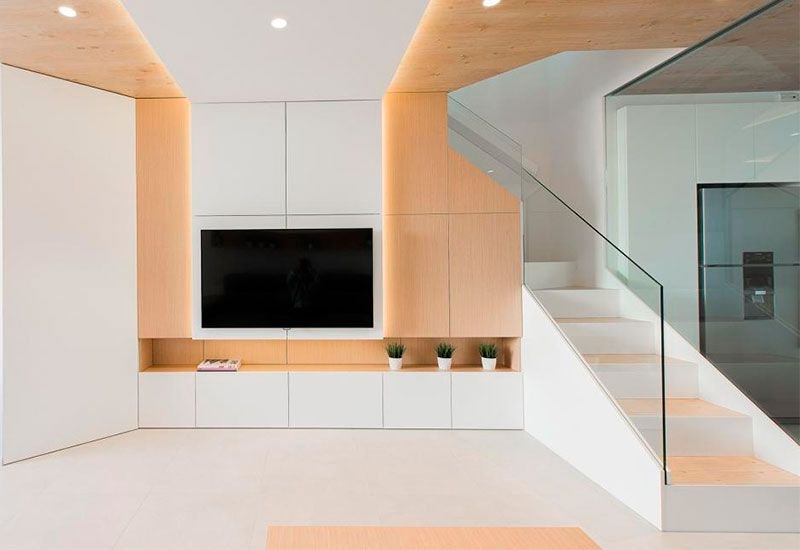
They can also be placed in a perimeter plasterboard ceiling light to illuminate the central area of the ceiling without showing where the light is coming from, and in many other specific areas that you want to highlight, such as the shelves of a bookcase, the lower area of a kitchen island or the steps and handrail of a staircase.
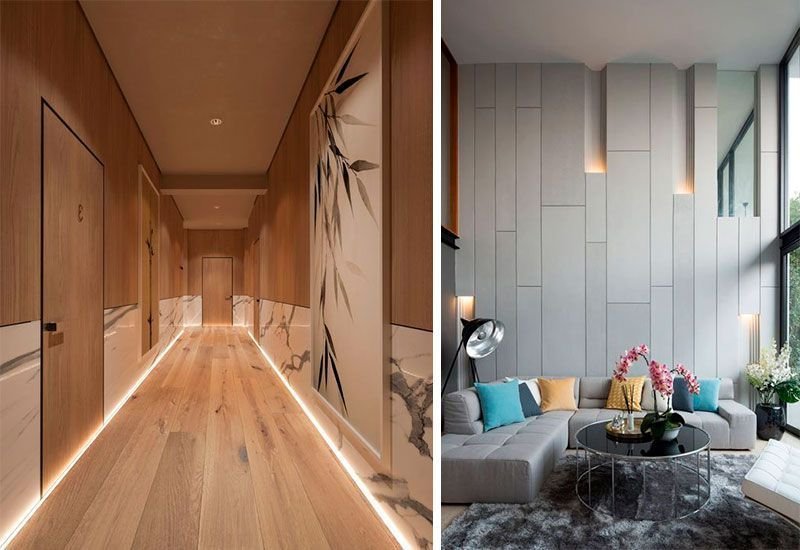
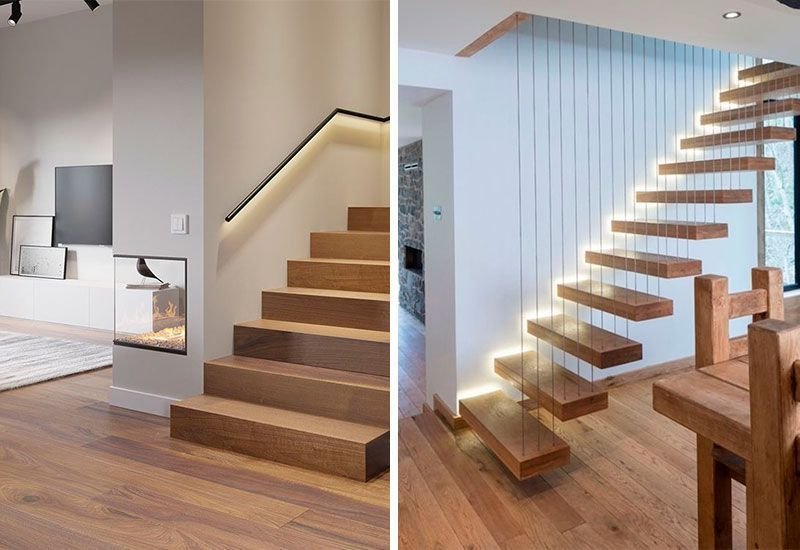
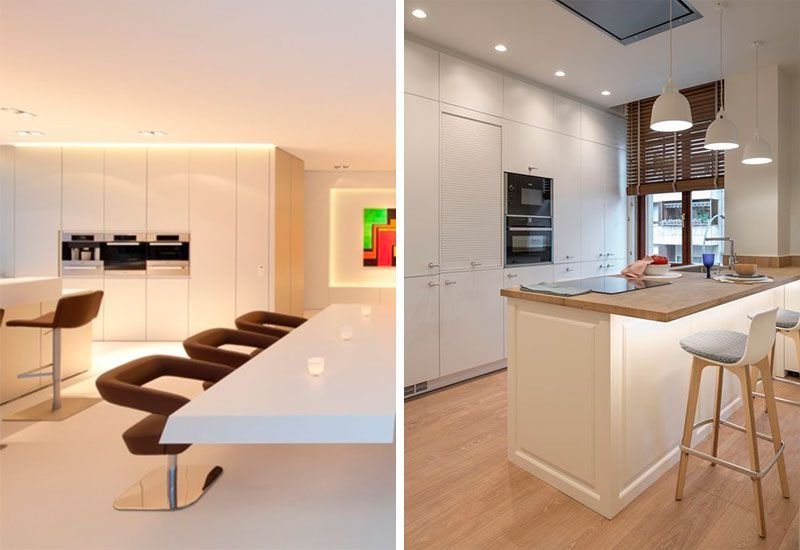
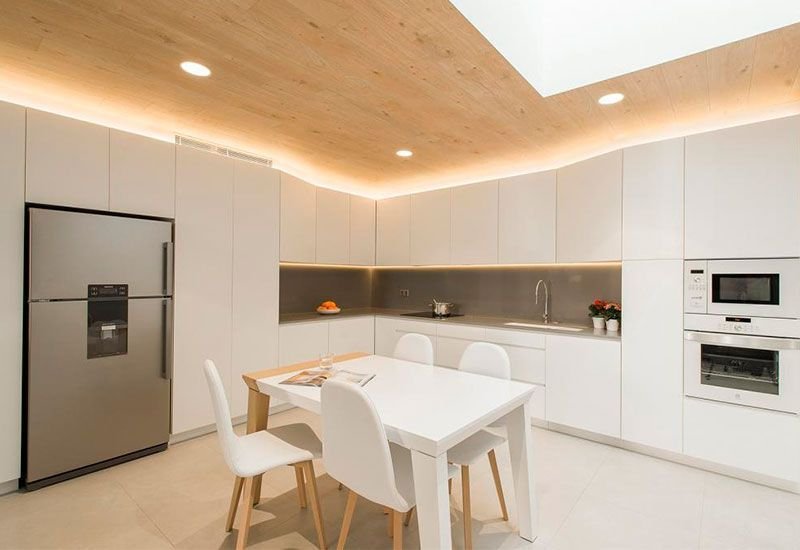
In addition, this type of luminaire can be regulated, allowing more or less light to be distributed according to the needs of the moment, and has infinite possibilities as it can be attached to any surface and adapted to any size to suit the user's taste.
Table lamps
Although LED strips are the best known, as they were the first to hit the market, common bulbs were soon developed for all types of lamps.
And today, they have conquered practically all table lamps. To dress up bedside tables, desks or sideboards, allowing industrial designers the possibility of creating new concepts.
Among the most curious lamps and with more personality we can find on the one hand creations that incorporate the LED strip either inside its shape or visibly...
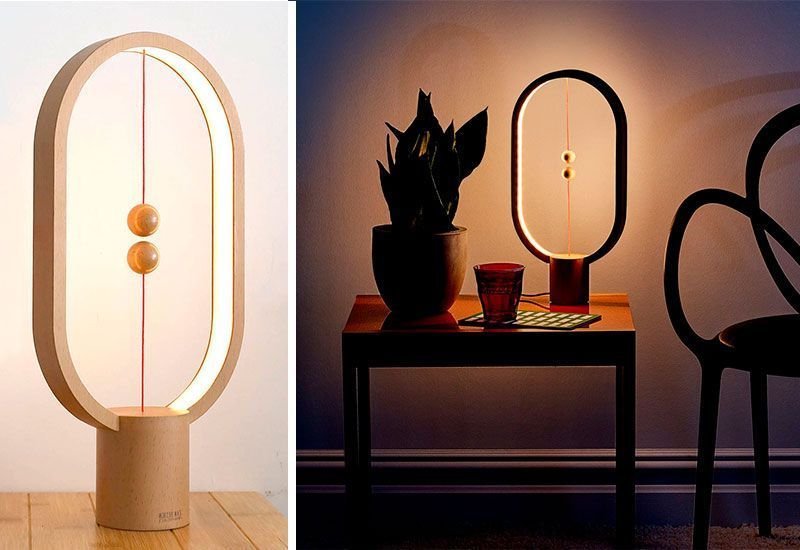
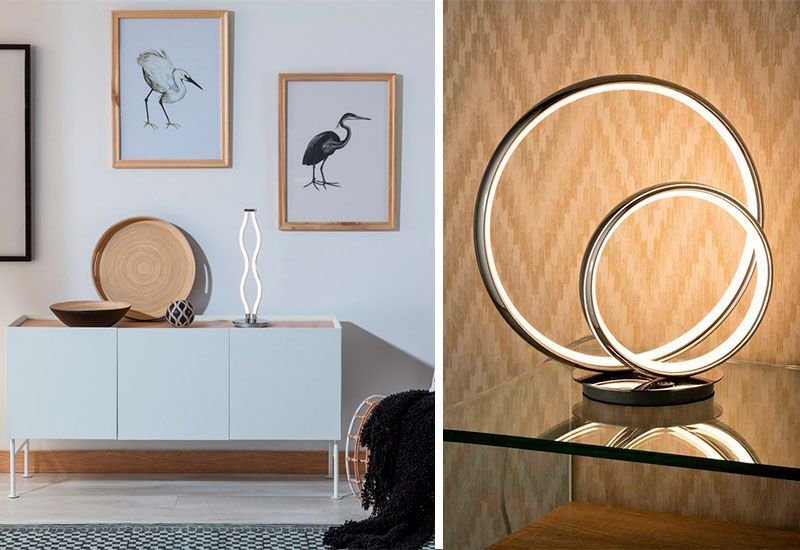
...and on the other, luminaires that end in small balls of light or project designs upwards.
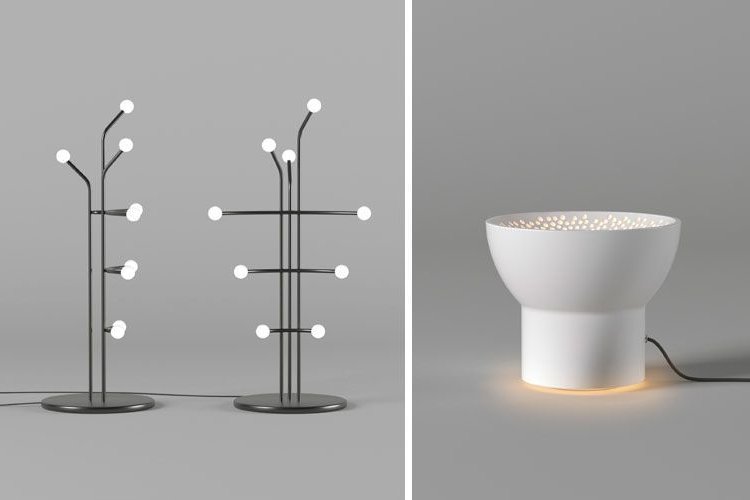
We also find others in which the LED accompanies the material, such as the Medusa lamp, made of wood or metal, made with recycled materials and with an eco-sustainable manufacturing process that minimizes the impact on the environment.
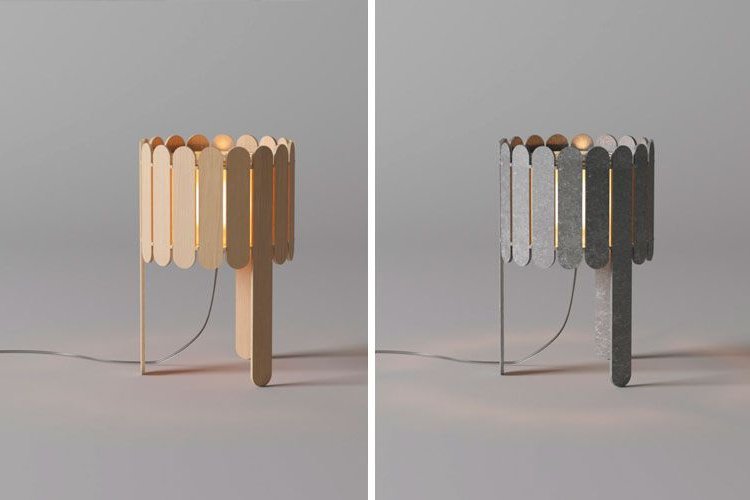
And of course, LED bulbs can also be used to illuminate any type of table lamp, as they are available in all shapes, sizes and intensities.
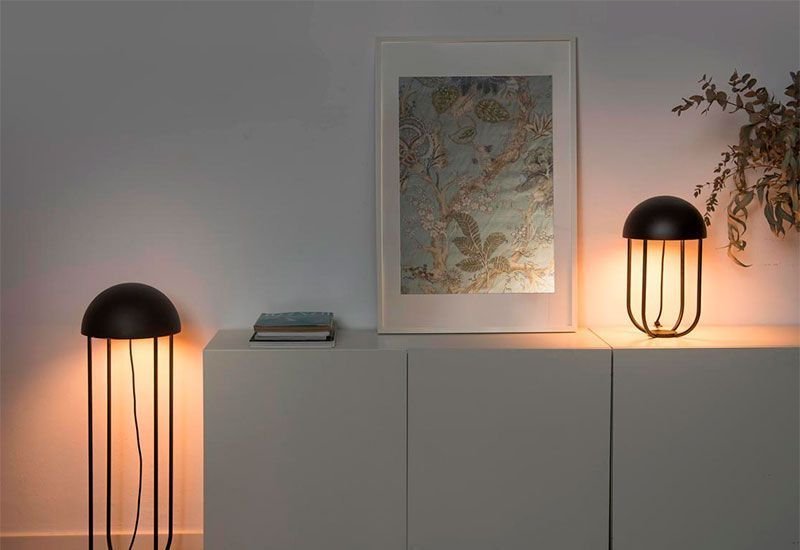
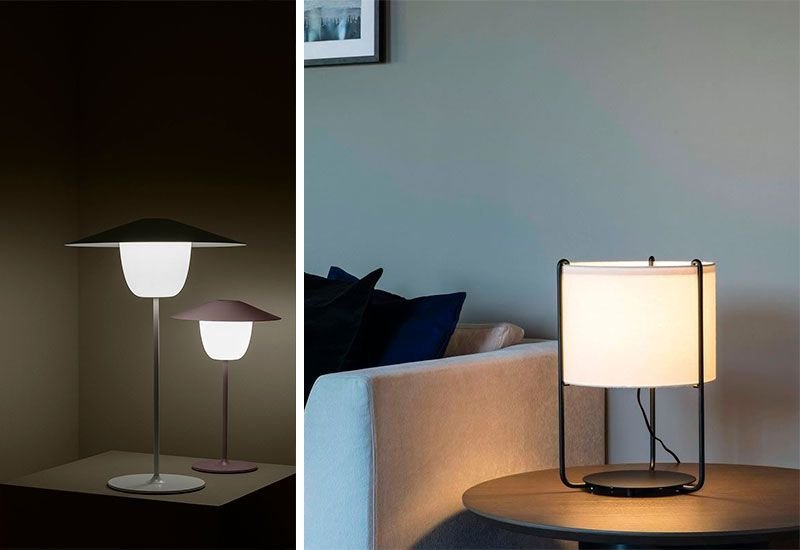
Ceiling lamps
This family of lamps is essential in interior design, a fundamental piece in dining rooms and living rooms.
As in the previous typology, thanks to LED lighting we can achieve curious designs full of personality, allowing us to play with all kinds of shapes.
They go from being mere lamps to sculptural elements capable of offering us the necessary light for our stay.
Like all the others, these can also be dimmable, so we can increase or decrease the light intensity depending on the activity to be performed at any given time.
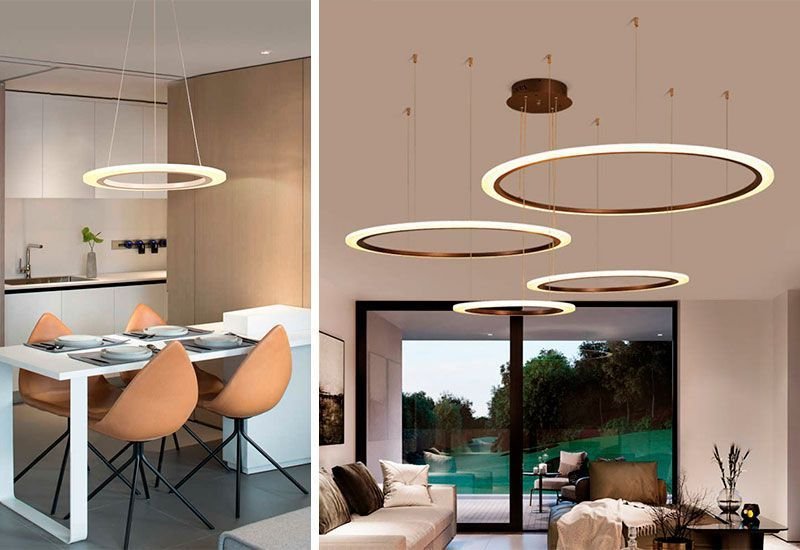
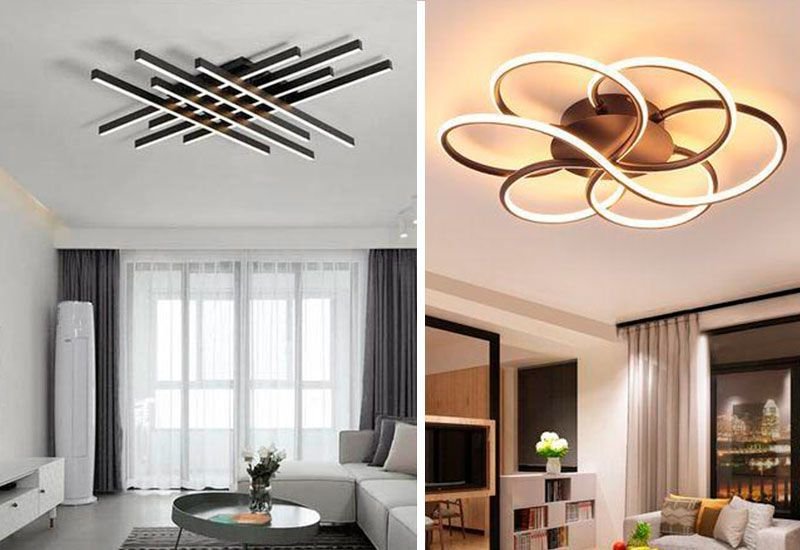
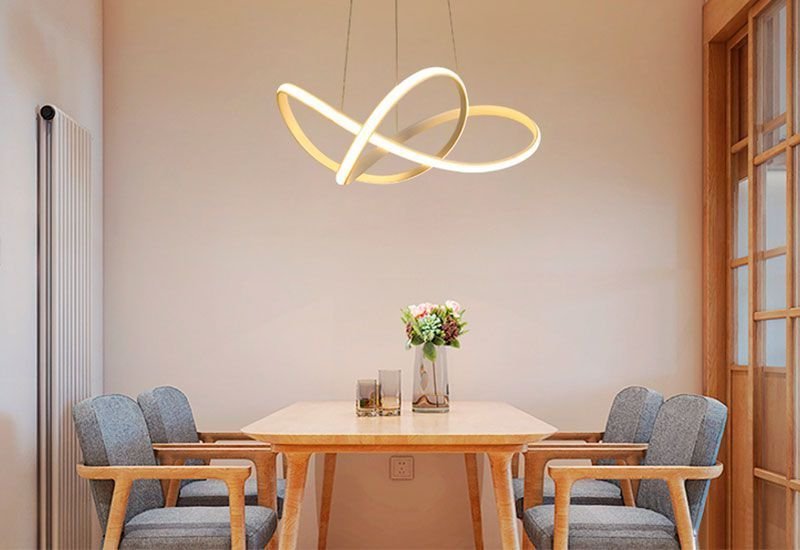
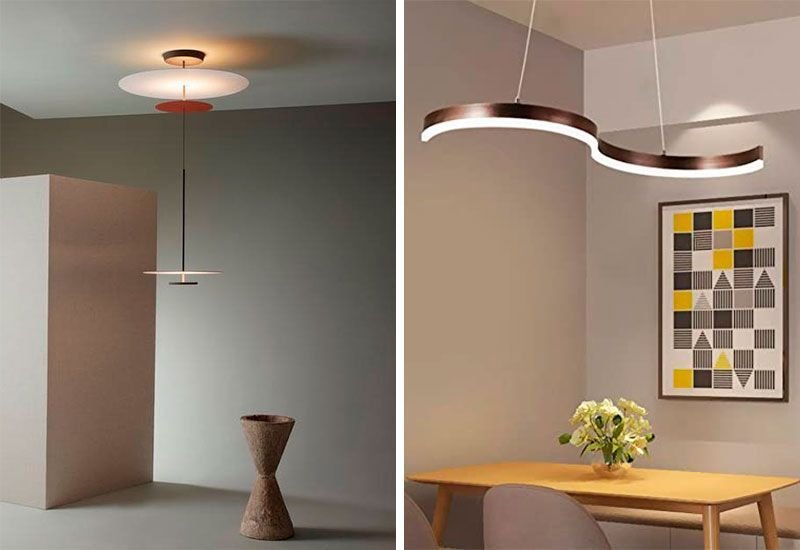
Floor lamps
This type of luminaire is essential in our living rooms and reading areas and its main function is to create a comfortable room.
When making the basic purchase of this type of lamps that will accompany us for a long time, it is necessary to take into account several things:
the foot will be the main basis of its stability, so it has to have the right size but without losing the aesthetics.
Its function will determine its shape, since if you are going to use it for reading it will have to give a more direct light. While if it is going to be used to provide ambient light while watching TV, it may have a different configuration.
In fact, many designs have both of these functions: one arm used to create ambiance and others for more direct lighting.
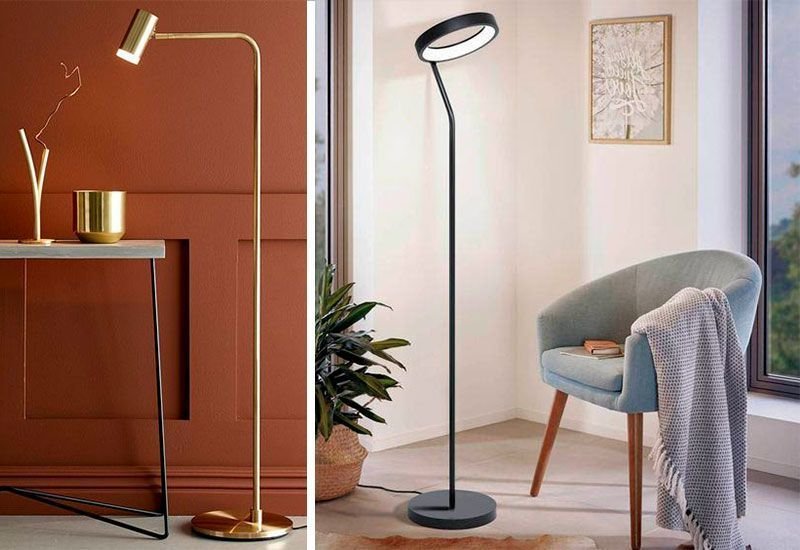
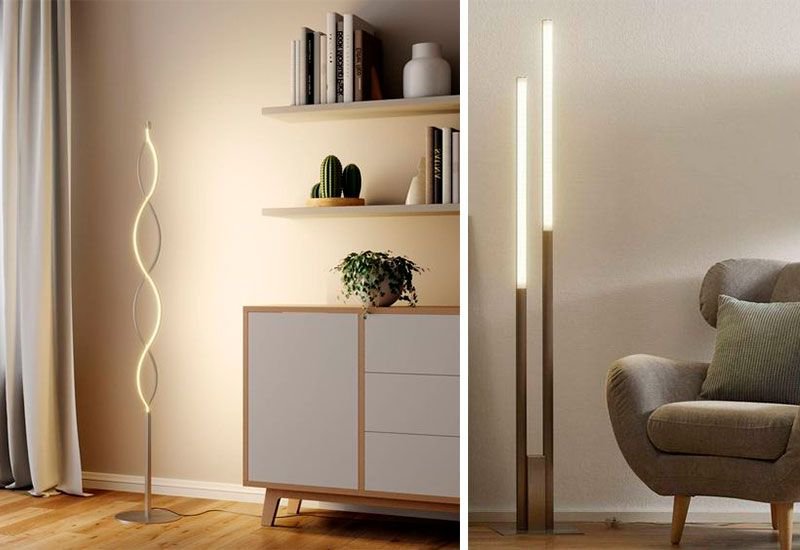
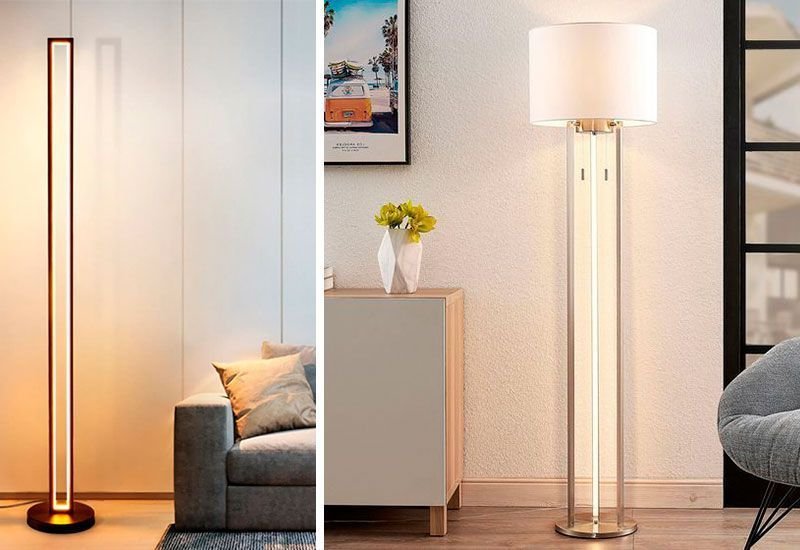
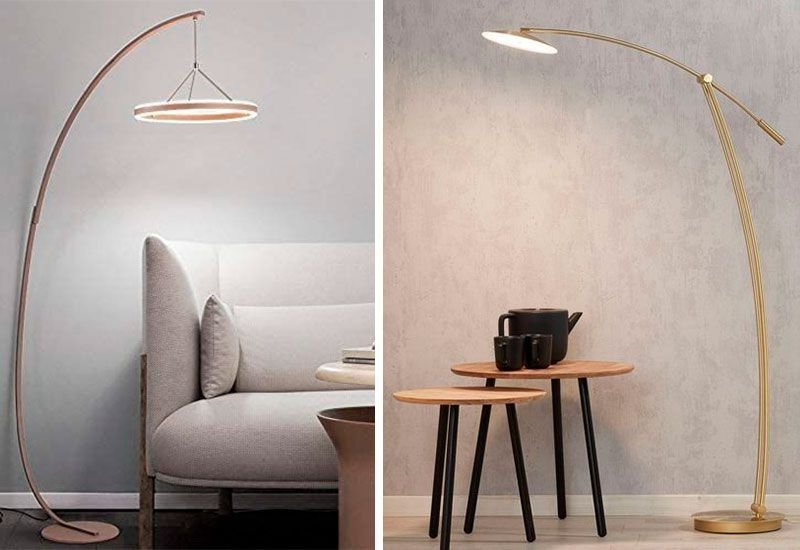
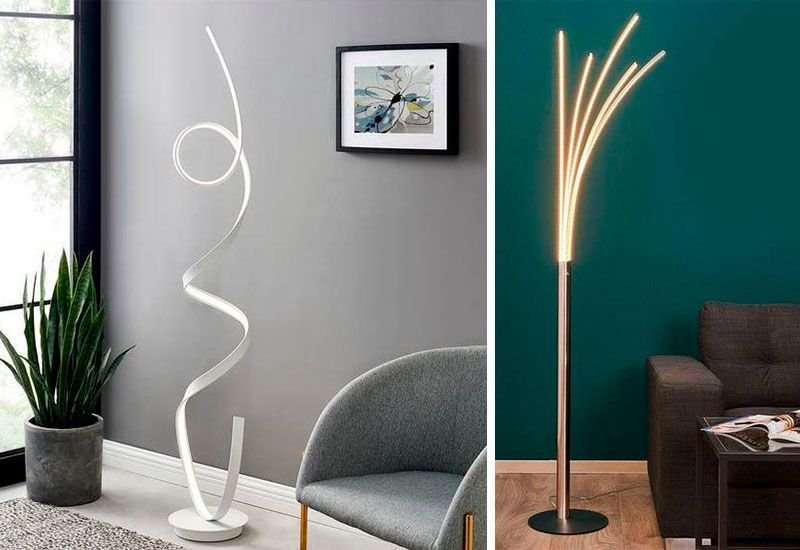
As you can see, LED lighting brings only benefits, in addition to being adaptable to all types of lamps, shapes and light intensities, giving designers the option to reinvent their designs and bring originality to our rooms.
And you, do you want to join this new innovative and environmentally friendly technology? :)

